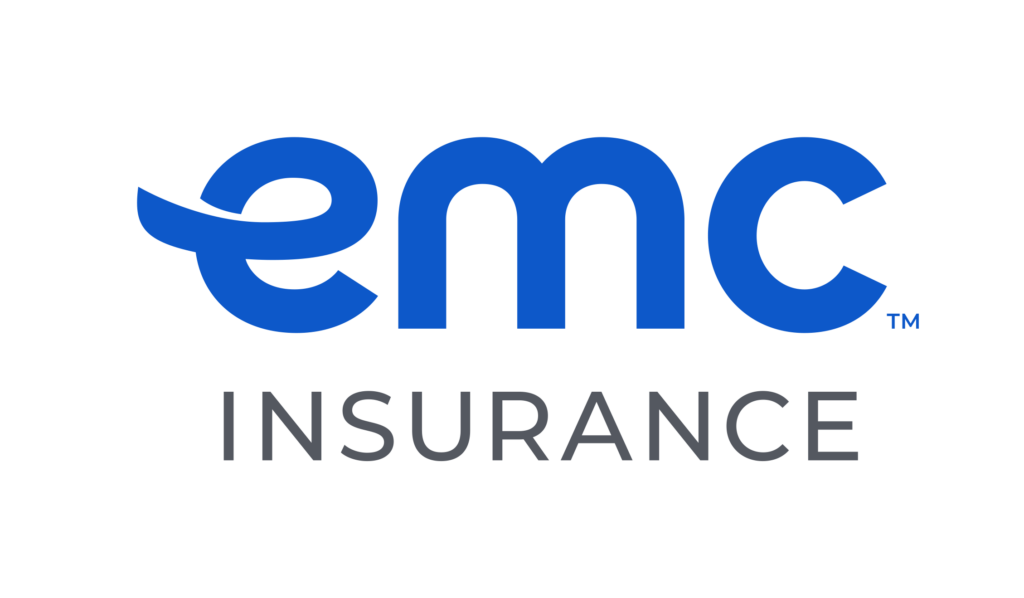The Elbert Files: Who will cover pandemic claims?

Mandatory deposit insurance was created during the 1930s to protect the savings of U.S. citizens from bank failures. A similar federal backstop protecting small businesses from financial collapse during a pandemic shutdown is needed now.
At first glance the two situations may not appear to have much in common, but looks can be deceiving.
The economic tsunami surrounding the COVID-19 pandemic is moving at near warp speed compared with the Great Depression or the 2008 financial collapse.
This time, Congress acted quickly and passed a $2 trillion stimulus bill.
While it may seem presumptive to call for additional action before those stimuluses are fully implemented, the fact is that that earlier package contained a significant gap. And it’s a gap that is most likely to be felt in insurance towns, like Des Moines, long before the problem becomes evident elsewhere.
The problem involves “business interruption coverage,” an insurance term that means exactly what it sounds like, covering the cost of business interruptions.
“The original intent of business interruption insurance was to insure business owners against loss of business when natural disasters occurred – things like fire, flood, etc.,” said Larry Zimpleman, the retired chairman and CEO of Principal Financial Group, Iowa’s largest insurer.
“When the SARS and MERS viruses occurred in the early 2000s, there was some question about whether pandemics would be covered under business interruption coverage,” he continued, which is why “property/casualty policies were written to clarify that pandemics were not to be considered as covered.”
But that was then and this is now. With a potential for billions – possibly trillions – of dollars in claims, the question of whether business interruption coverage applies to pandemics has again surfaced and begun working its way through courts and state regulators.
“Legislatures in at least four states are already working on legislation that would force business interruption insurance to pay for losses incurred by the current shutdown,” according to the Washington Post.
In fact, it would be an easy call for judges who don’t understand how insurance works to shift the cost of individual shutdowns to faceless insurance companies.
But insurers do not have money to pay those claims, because they never priced pandemic shutdowns into business interruption coverage.
Two former Iowa insurance commissioners, Susan Voss and Terri Vaughan, understand the problem and are following it closely.
Voss passed along a recent analysis by Zachary S. Finn, an insurance professor at Butler University. “We are facing years and years of coverage litigation, costing billions of dollars and leading to market uncertainty,” Finn warned.
Another analyst predicted “the monthly cost of business interruption for small businesses across the US could reach as much as $380 billion.
Vaughan said that while there are solid reasons for rejecting pandemic interruption claims, the courts could conceivably reach a different conclusion in some cases.
To be clear, I have not seen any insurers compare the current situation to the creation of the Federal Deposit Insurance Corp. in 1933, but I see parallels.
Like deposit insurance in the early 1930s, the concept of a government guaranty for unexpected loss of business due to a pandemic is not entirely new.
Insurers and regulators wrestled with similar questions following the 9/11 terrorist attacks and virus scares during the early 2000s. But they kicked the can down the road and did not clearly resolve the issue.
Similarly, deposit insurance was tried with state and private guarantors prior to the creation of a nationwide system, but those scattered efforts failed because there was no central guarantor.
That’s happening again, and the only clear way out is creation of a federal authority that can handle the immediate problems today while creating a payment system that will cover those costs as well as future situations, just like the FDIC did during the Great Depression.










